Nature is chock full of venomous animals and poisonous plants that can kill us, or at least send us straight to intensive care. But toxicity and pain do not always go hand in hand; the bite of the blue-ringed octopus (Hapalochlaena) can be fatal, but is almost painless. Conversely, while insect bites are not usually life-threatening, some can cause extreme pain. Here is a list of some of the most painful stings in the world.
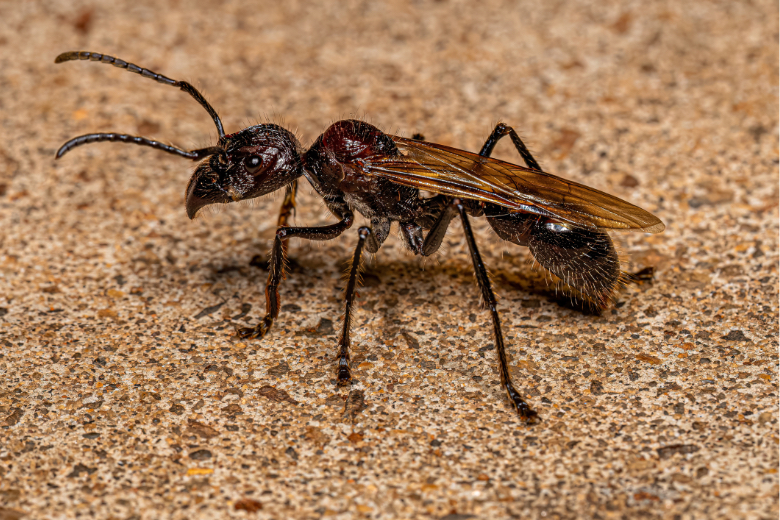
Bullet ant (Paraponera clavata)
Over the decades, the American entomologist Justin Schmidt, who died in 2023, received more than 1,000 stings from Hymenoptera—wasps, bees and ants—not always by accident, and decided to classify them according to their level of pain to satisfy our curiosity. The Schmidt Insect Sting Pain Index is subjective, as it is based on his personal experience. Level 2 (out of four) would be the sting of a common bee or wasp.
In his original 1983 publication, only one species reached level 4 (actually 4+): the bullet ant of Central and South America, so named because the pain of its sting is likened to that of a being hit by a bullet. In his 2016 book The Sting of the Wild, Schmidt added commentary like a wine taster, describing the bullet ant’s sting as “pure, intense, brilliant pain. Like walking over flaming charcoal with a three-inch nail embedded in your heel.” Unlike other stings, the pain can last up to 24-36 hours.
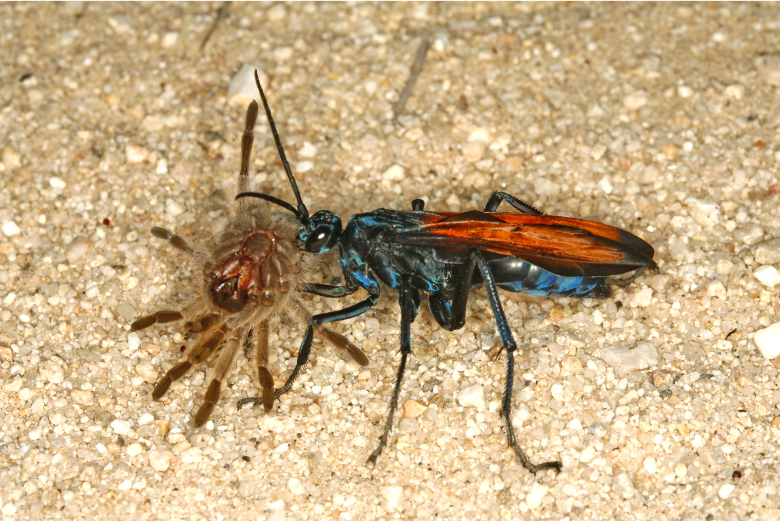
Tarantula hawk wasp (genus Pepsis)
In later versions of his index, Schmidt added two more creatures to level 4. One belongs to the group of tarantula hunting wasps, an insect measuring up to 5 centimetres long that lives from the southern United States to northern South America. The name of this menacing looking black wasp reveals its almost exclusive diet: tarantulas. As well as feeding on tarantulas, it paralyses them with its venom in order to inject a single egg, the larvae of which eat the spider alive from the inside out. Schmidt described the pain as “blinding, fierce, shockingly electric. A running hair dryer has just been dropped into your bubble bath.”
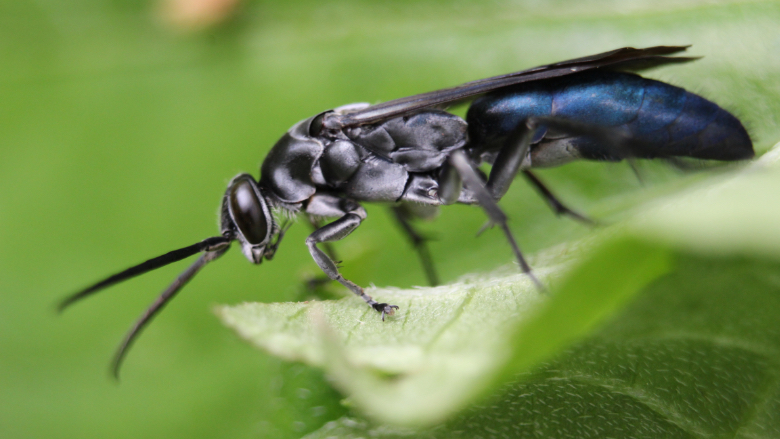
Warrior or drumming wasp (Synoeca septentrionalis)
A native of the tropical forests of the Americas, the warrior wasp has the distinction of joining Schmidt’s sting pain index at level 4. They are social wasps living in large colonies whose paper nest resembles an armadillo in appearance, hence the common name armadillo wasp. They are also known as drumming wasps because when they sense danger they make a drumming sound by scraping the inner walls of the nest with their mandibles. They are very aggressive and often attack in swarms, which makes their sting, which Schmidt described as “torture,” all the more frightening. “You are chained in the flow of an active volcano,” he said, later adding, “Why did I start this list?”
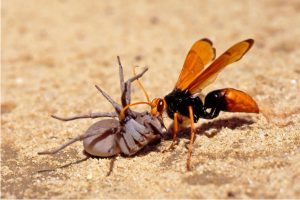
Orange spider wasp (Heterodontonyx bicolor)
The Schmidt Index has inspired others to expand on his work. At the University of Queensland, Australia, molecular biologist Sam Robinson studies animal venoms for potential biomedical use, and has been stung hundreds of times. At the top of his list, with a score of 4 on the Schmidt pain scale, is a fearsome wasp that preys on giant huntsman spiders. Robinson describes the sting as “authoritative, gripping and shockingly powerful.” Interestingly, third on his list with a score of 3 (second is the red-headed centipede (Scolopendra morsitans) with a 3.5), is not an insect but a plant, the gympie gympie (Dendrocnide moroides), an infamous shrub known as the suicide plant because of the excruciating pain it causes: according to Robinson, “it’s like a visit to the dentist where the drill hits the nerve.”
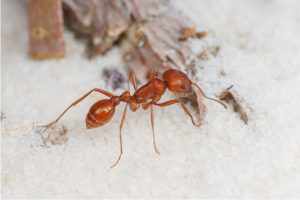
California harvester ant (Pogonomyrmex californicus)
Also following Schmidt’s example, in the Australian television series Kings of Pain, wildlife biologist Adam Thorn and animal handler Rob “Caveman” Alleva voluntarily expose themselves to the stings and bites of a variety of animals and insects to rate their pain on a 30-point scale from 1 to 10 in three categories: intensity, duration and after-effects or “damage”; as a rule of thumb, the bee sting is assigned a 1 in each category, for a total score of 3.
In the two seasons broadcast so far, the highest score for a sting comes from the California harvester ant, with a total of 25.25, including 9.25 for pain intensity and 8.25 for duration. This insect from the southwestern US and Mexico is a close relative of the Maricopa harvester ant, whose venom is the most toxic found in an insect. For comparison, the bullet ant is only rated 17.25 in the series.
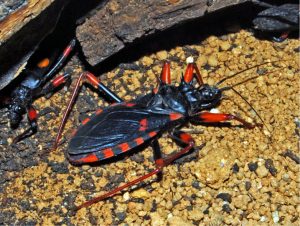
Giant spiny (or Horrid king) assassin bug (Psyttala horrida)
When an insect is called the giant spiny assassin bug, you can already sense that it is a creature to stay away from. It belongs to the group of assassin bugs, Hemiptera of the family Reduviidae, which is widespread throughout the world and includes predatory or blood-sucking species such as the South American vinchuca. The predatory Psyttala horrida, the largest of the assassin bugs at almost 5 centimetres in length, lives in tropical Western Africa, and its sting is the only insect in the Kings of Pain programme to score a 10 in pain intensity. Unlike the Hymenoptera, Hemipterans do not have a stinger in their abdomen, but instead use a rigid proboscis to inject venom into their prey.
Comments on this publication